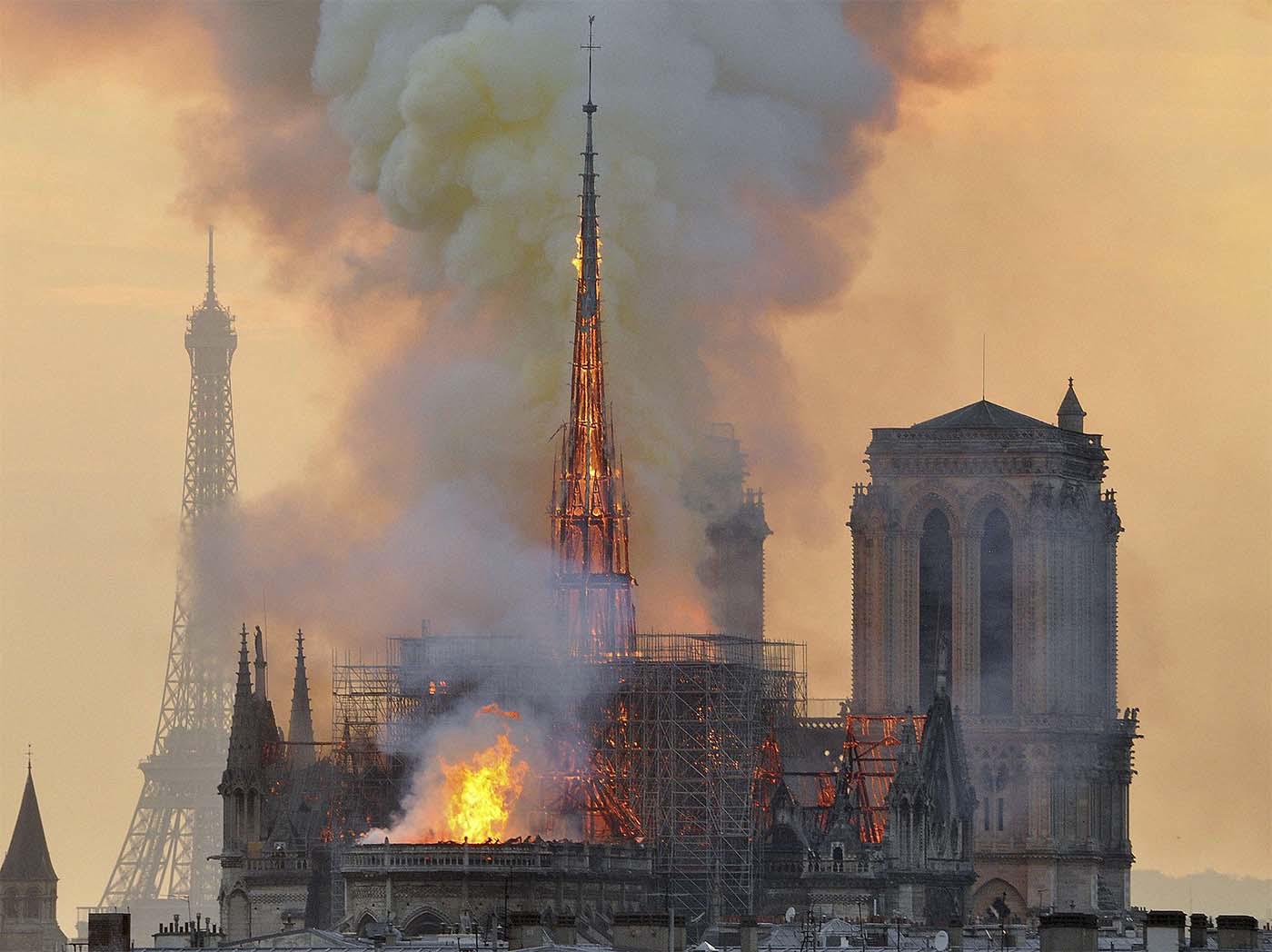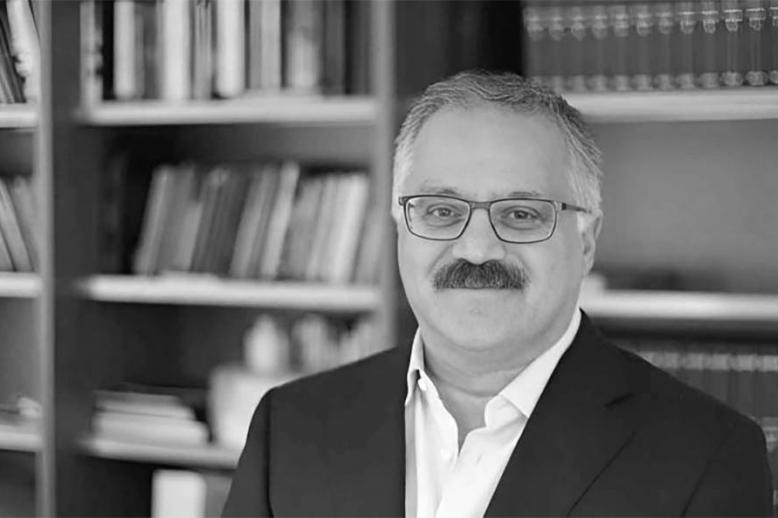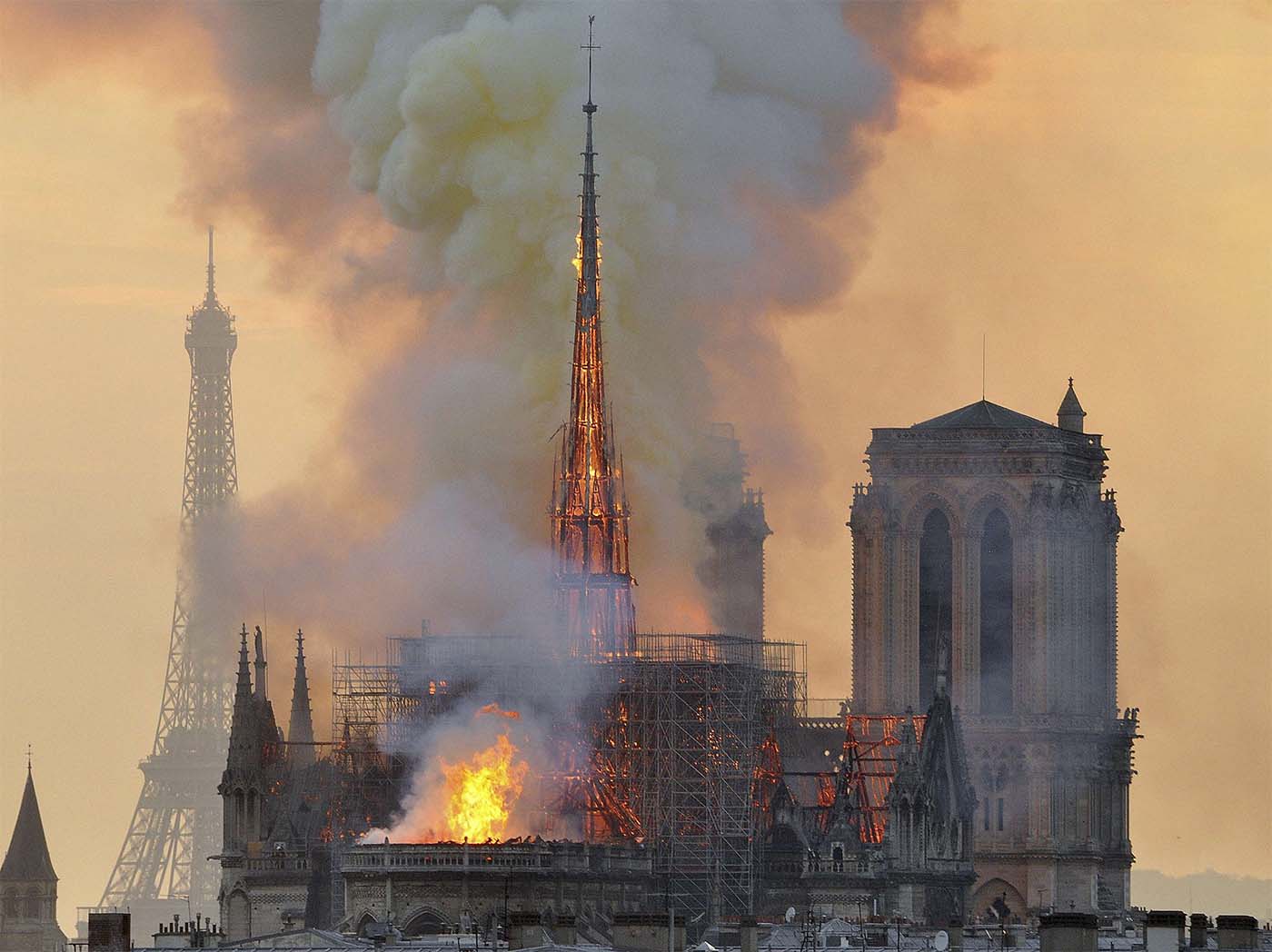The Lesson of Notre Dame: Culture as a Phoenix
We all stood watching Notre Dame ablaze with contrite hearts; we instantly saw in the plumes of dark smoke rising from the eight-hundred-year roof of the cathedral arrows, which pierce our hearts.
The Dame of Paris was about to be reduced to ashes while the fire fighters were pumping hopes, prayers, and sighs with every jet of water to combat the ravishing fires boring the roof of the much adored cathedral. Some might have thought that Notre Dame is after all just another building; an old building the French could rebuild if in the worst-case scenario it is consumed down to ash and rubble.
Well, we all know that this ancient building is not just another old building. It is visited by at least thirteen million tourists each year; it incarnates the pinnacle of medieval architectural ingenuity; it defines the city of lights and offers a sense of direction on both the symbolic as well as topographical plane. Anyone familiar with the urban heart of Paris will recognise Notre-Dame as both a powerful symbol and an iconic landmark. It is a building draped in layers of history, or rather a building that overwhelms French history from the thirteenth century to April 15th, 2019, the day of its inferno.
Speaking more of the significance of Notre-Dame, we need to recall that this cathedral bears meaning for Catholics all over Europe but also speaks much of France’s secular identity. It brings both Victor Hugo and Napoleon Bonaparte under the same roof and commemorates the victory of the French in 1944. It stands at the most secular location of Paris between the Louvre and the Sorbonne not far from the very spots France’s most unflinching existentialists used to frequent and fill with their unruly passions along the streets of Saint-Michel and Saint-Germain-des-Prés. It overlooks the Seine and the left bank, the very cradle of French twentieth-century intellectualism and avant-gardism.
Notre-Dame is an edifice marked by the history of contradictions it hosted and survived, as it served as a backdrop to both the radicals and the conservatives and to the testimonies of times of peace and times of horror. It challenged the serious threats of Robespierre and Hitler, and finally survived the blaze of the most recent inferno that was about to bring all of its vaults and arches down.
While the causes of the conflagration are still under investigation, there is a political and social context within which the tragic event of the burning of the Cathedral can be located and reflected upon.
The great fire of the Dame takes place following a series of developments that points to the déchirures and ailments of the body politic in France. The heavy and pervasive protests triggered by the movement of the gilets jaunes across the Hexagon have represented the first major challenge to Emmanuel Macron’s non-traditionalist political stance and has awakened the French to their new social and political reality in which the social fabric seems to be under unprecedented pressure and strained to the degree of almost irrevocable damage.
Nobody wants France to deteriorate into a country of social unrest and political instability. The world insists to see France as the hub of European culture and as a country of fine art, fashion, cinema, literature, elegance, and enduring monuments. France has for the last hundred years attracted intellectuals and artists from all around the globe and has offered dissenting intellectuals the comfort and protection they would have sought the most.
As young students, we have first been introduced to the idea of an idealised and romanticised France through the works of a long list of Arab authors initiated by Taha Hussein, Suhail Idriss, and Amine Maalouf, not to mention the many Arab Francophone writers who have been based in France.
The burning of the Notre-Dame cathedral reinforces the idea of France as primarily a cultural concept, which in my opinion the gilets jaunes movement had moulded into an overcharged political category under the strain of current social malaise. It happens that culture is a generous and much yielding concept at its ethical base. The inferno seems to have wielded the cultural unity of France out of disaster at a crucial moment and urged business paragons and political potentates to come together and pledge fortunes to rebuild the Dame of Paris.
The fire of Notre-Dame must awaken the French to the necessity of providing a better vision for France in the twenty-first century as a harmonious cultural model and a generous secular space within which frictions and tensions of all kinds could turn into collocations of solidarity, tolerance, and hospitality.
The incandescence of the icon of Paris is alas another reminder of the fragility of the idea of the state when its apparatuses of power and capital continue to run in disregard of cultural ideals.
We often forget that it is culture that can save us in times of trouble. However, the crumbling of the Dame’s spire is also symbolic of the event when culture itself might sag under the excesses of materialism and utilitarianism. This time the columns of Notre-Dame still stand their ground, and with that possibilities for change and hope become once again miraculously real. Culture is a phoenix but until when?
Dr. Jamal Eddine Benhayoun, Full Professor of comparative cultural studies and English literature. Director of the MA in English Literature and History of Ideas. Faculty of Humanities, Abdelmalek Essaadi University, Tetouan, Morocco






